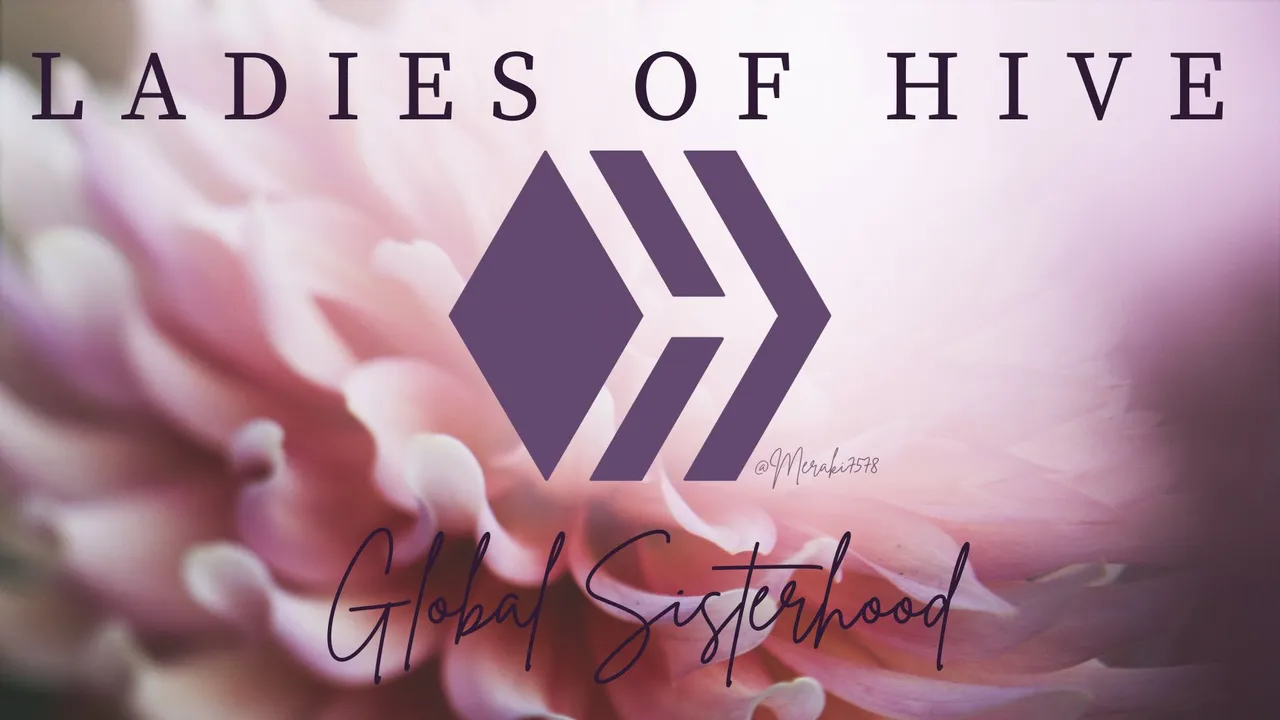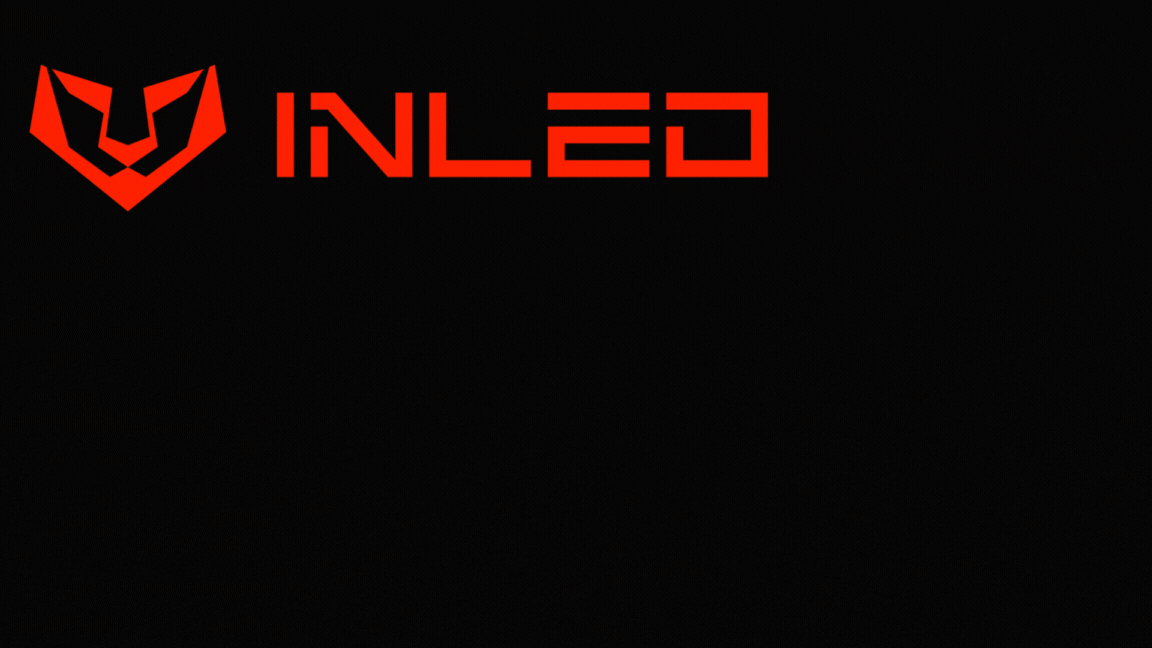
Language is the key to your inner self.
It articulates your identity, defines your view of the world, colors your life experience, and nurtures interrelationships.
Language is how we share information and talk to each other.

Monolingual children use one language, and multilingual children need several languages.
At school, I have noticed that children who still need to speak the same language as classmates and the teacher can greatly frustrate and limit their ability to form relationships.
When children grow up with only one language, they also build only one language relationship with the people around them.
A language relationship is the language you speak with someone from the beginning. It is familiar and habitual.
Multilingual children build one-to-one language relationships.
For multilingual children, it is natural to have a different language relationship with each person.
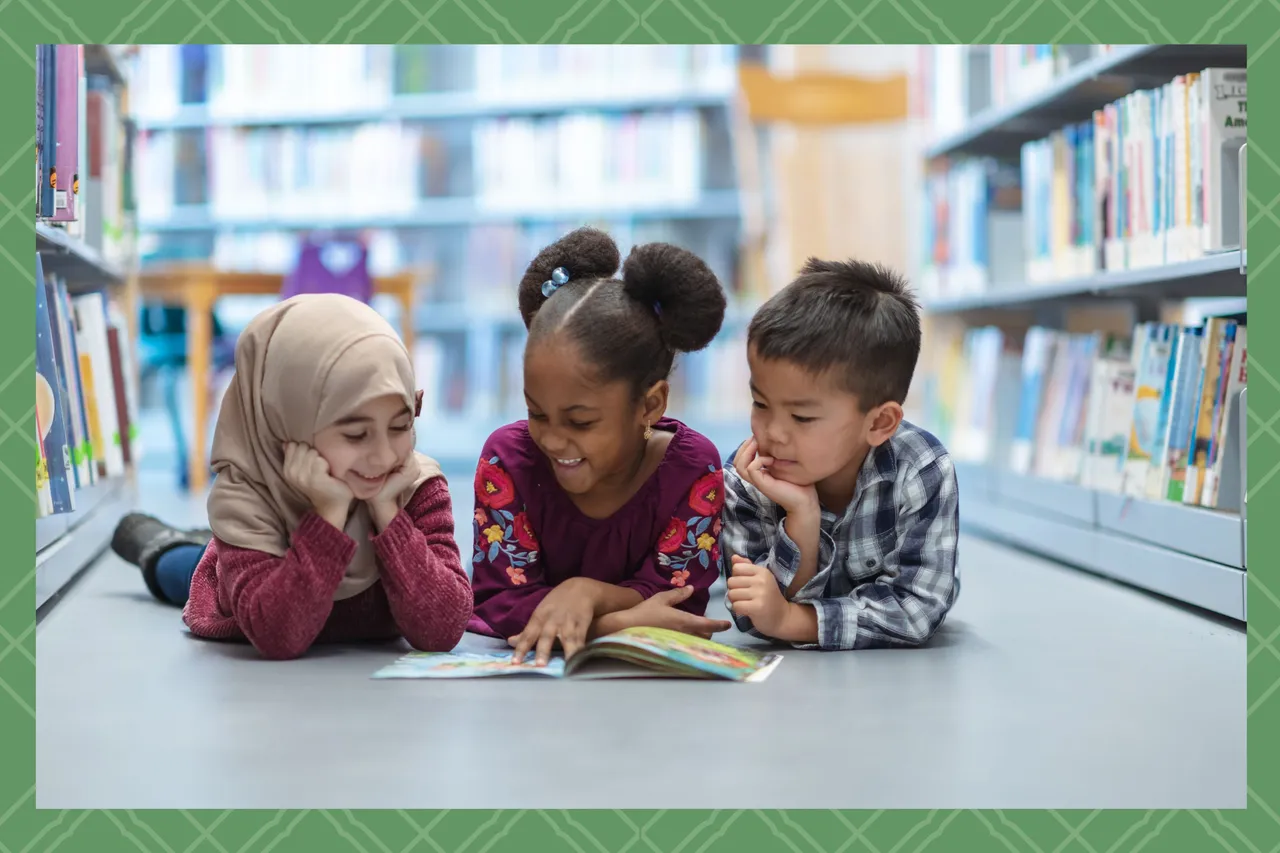
Monolingual children sometimes discover only at school that there are children who speak a different language, and multilingual children then find that there are children who speak the same language as everyone.
Using a particular language is not a conscious choice but a deeper automaticity.
Therefore, as a teacher, I never encourage non-native parents to speak Dutch to their children.
Try it yourself.
Talk another language to your child or friends for an entire evening.
You will notice that you understand each other but need help explaining everything as you would like.
In addition, it also feels strange and different.
You can't express and convey your feelings the way you mean to.
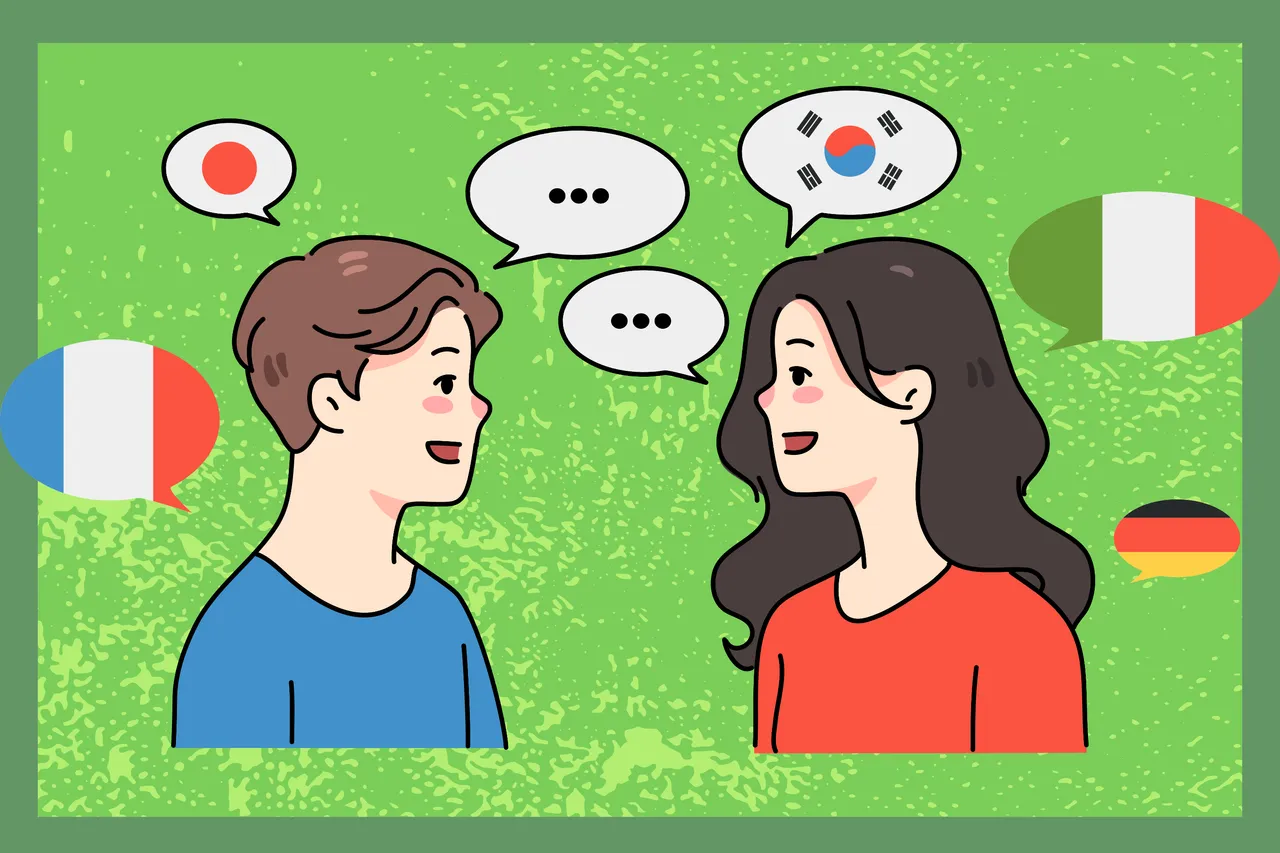
Multilingual language acquisition
When children acquire multiple languages at a young age, various language systems are created in the brain—one for each language.
And all this happens at the same rate as monolingual children.
Children can thus acquire multiple primary languages.
It is also recommended that investment be made in preserving all languages, including both languages.
When foreign-speaking children come to my school, I advise them to speak their mother tongue at home and use Dutch in class/school.
This way, both languages are offered without neglecting 1. This is inherent to multilingual growing up.

Mother tongue/primary language, home language, school language
The term mother tongue seems obsolete in our international society.
If you look up the word in the dictionary, you will read that it refers to the language a person has learned to speak.
But we would wear blinders if we thought this could only be one language.
Multilingual children struggle to identify a mother tongue, especially if their parents speak two languages at home.
Most people see the mother tongue as the language determining one's feelings, thoughts, and perceptions.
However, multilingual children can choose from their entire repertoire of languages to convey their thoughts and feelings.
Often, it depends on the interlocutor which language they use.
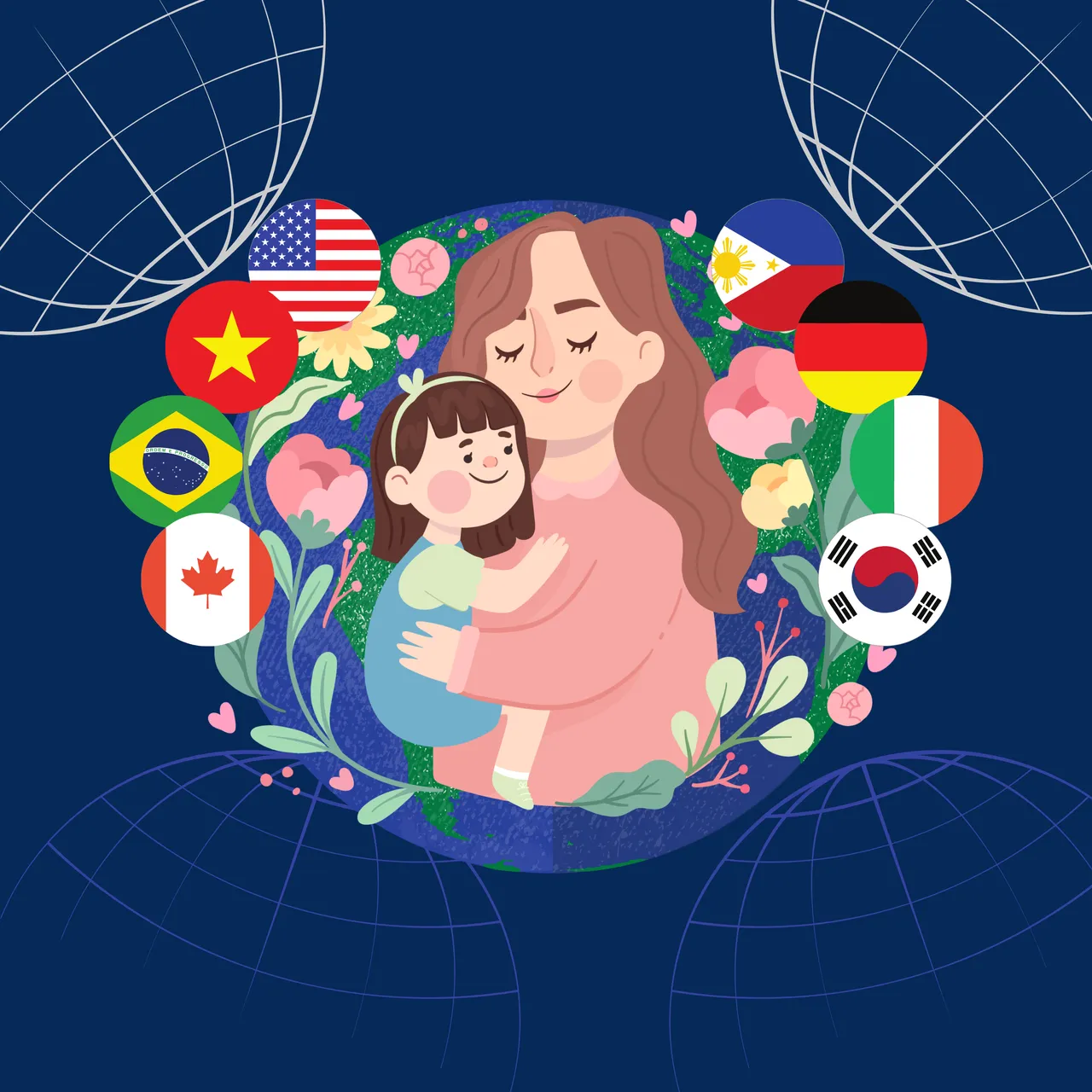
The school language is the language in which multilingual children function in society, so society wants them to have a good command of it.
Combining the home and school languages is often a discussion point.
Several studies support my view that a good home language level guarantees a good level of the other.
Because I always encourage parents to use the primary language at home, I also advise them to let the children come into contact with the Dutch language as much as possible.
The urgency to learn Dutch well remains.
One solution is to sign children up for clubs (soccer, ballet, scouting, etc.), invite Dutch-speaking friends to play at home, join the library, etc.
Any effort that promotes contact with Dutch speakers is reasonable.

Vocabulary
If a child grows up in a place with lots of languages, they are most likely to be able to learn another language.
Thus, children who are raised multilingual store this knowledge in multiple languages.
Often, this also gives a distorted picture.
Multilingual children often have a large vocabulary but use several languages combined.
It seems smaller if you compare the Dutch vocabulary with monolingual children's.
So, it gives a distorted picture.
I also consult the parents when I want to know how large a student's vocabulary is. I often discover that children have a much larger vocabulary at home than at school.
So, if a child does not know a word in the school language, this does not mean that the knowledge behind the word is missing.
The child has yet to learn which Dutch word to associate with.
Single- and multilingual children with little exposure to language have little general knowledge and, therefore, few opportunities to catch up. Catching up is then either not done or done with incredible difficulty.
Thus, activating the knowledge of multilingual and non-native children is very important.
Children who grow up multilingual know from a very young age that there are several words for a concept and also quickly realize that the same person always uses the same word.
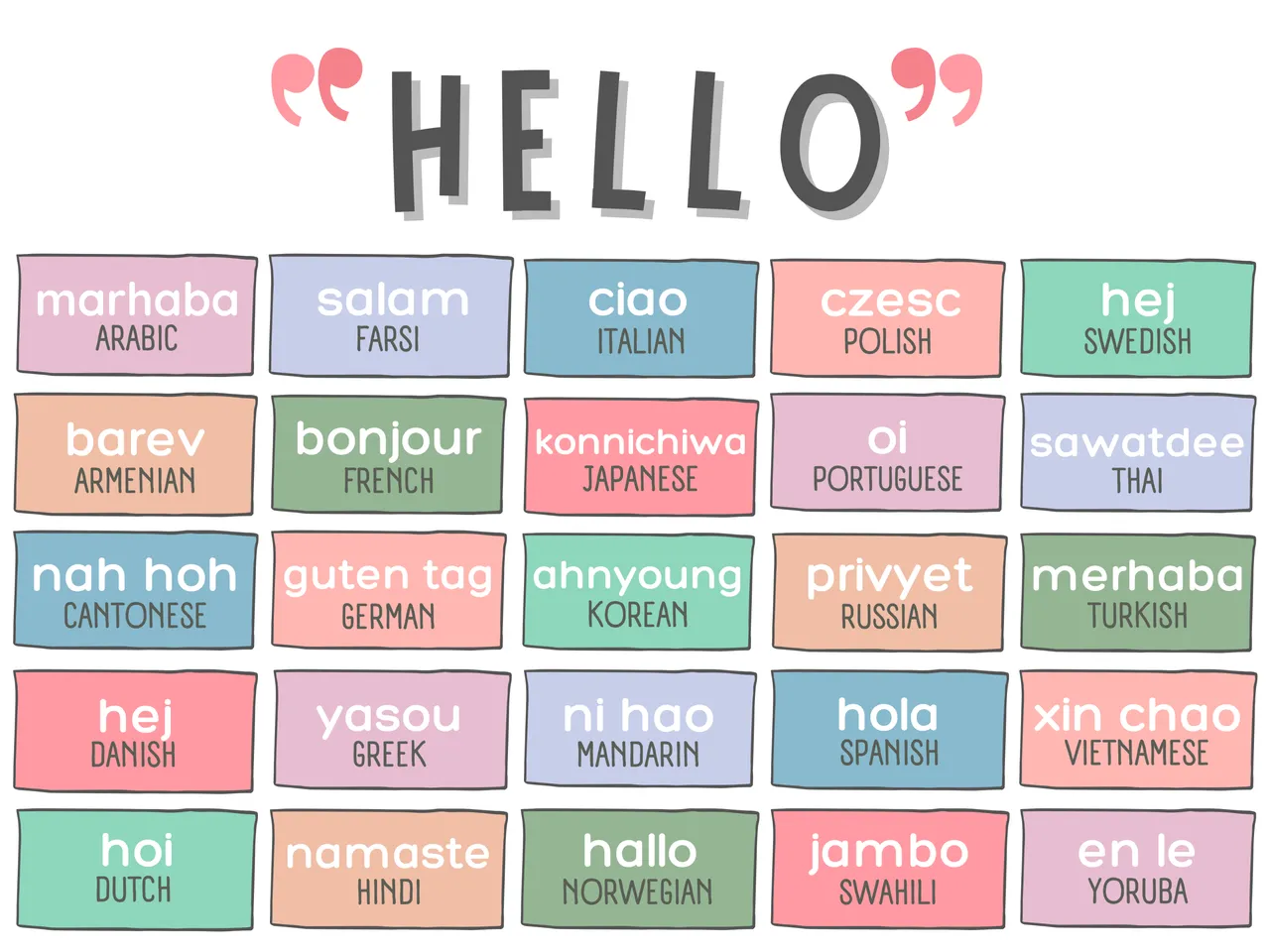
Receiving separate language input is beneficial for building and developing the various language systems in the brain.
If parents mix their languages a lot, the brain will have more difficulty distinguishing the languages from each other.
Children raised multilingual will use these languages interchangeably at a young age.
This will be virtually nonexistent only when the different language systems are fully established.
Often, the mixing of languages is done deliberately.
This language mixing can enrich a conversation and should not be seen as incompetence.
The complexity of how multilingual children are put together should undoubtedly be considered.
Above all, let parents speak their primary language with the children and the school language at school.


📷 Thumbnail, Photos, Banners & Dividers: Created with Canva Pro



